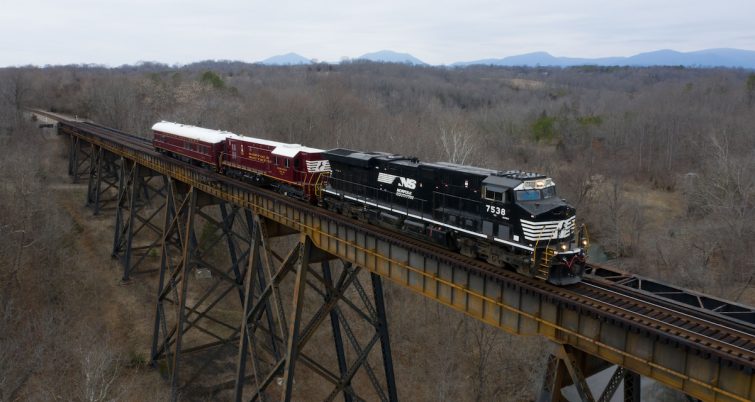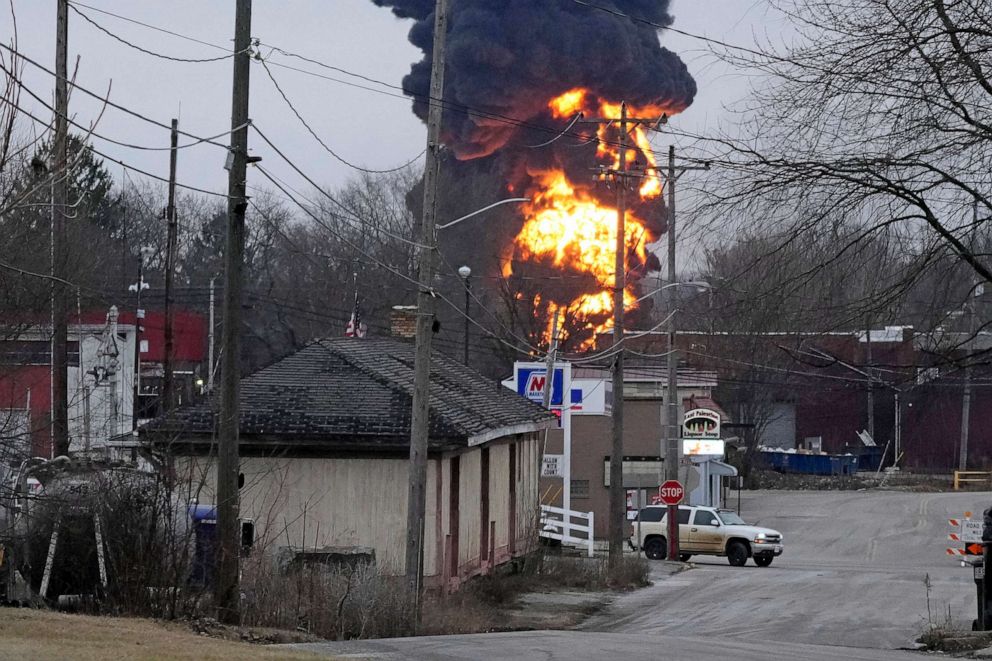Reggaeton, originating in the vibrant streets of Puerto Rico, has journeyed far beyond its geographical origins, metamorphosing into a global language of rhythm and resistance. The recent collaboration in "Bellakeo" between Mexican artist Peso Pluma and Brazilian sensation Anitta, while a testament to reggaeton's international appeal, brings forth complex questions surrounding cultural appropriation and authenticity in the music industry.
Roots and Resistance: The Birth of Reggaeton
To understand the current discourse, one must delve into the genesis of reggaeton. Born from the marginalized communities of Puerto Rico, it was more than just music; it was a pulsating heartbeat of the unheard, a defiant stand against societal and cultural marginalization. Reggaeton encapsulated the raw, unfiltered experiences of life in the barrios - a narrative often glossed over in mainstream media.
The Journey of Acceptance and Struggle
Reggaeton's path to global recognition was fraught with challenges. Initially dismissed and stigmatized, its acceptance was hard-won, battling against cultural prejudices and misconceptions. As it gained momentum, it became a symbol of cultural pride and resilience, transcending language barriers and geographical boundaries.
The Dynamics of Cultural Appropriation in Music
The appropriation of reggaeton by non-Puerto Rican artists like Anitta and Peso Pluma raises crucial questions. While their music captures the genre's essence - the rhythmic beats and infectious energy - it also risks diluting the authenticity and minimizing the historical struggles embedded in its roots. This phenomenon is not confined to reggaeton but is a broader issue in the music industry, where cultural elements are often commodified without a deeper understanding or respect for their origins.
Honoring Origins in a Global Melody
The popularity of songs like "Bellakeo" and "Envolver" underscores the need for artists to navigate cultural influences with sensitivity and awareness. As reggaeton continues to resonate globally, there is a responsibility to honor its narrative - a narrative of resilience, struggle, and cultural identity. Artists, industry leaders, and fans play a pivotal role in ensuring that while the genre evolves, its roots and significance are not overshadowed.
Conclusion: Embracing Cultural Richness with Mindfulness
As reggaeton continues to captivate audiences worldwide, it is essential to approach this cultural intersection with mindfulness and respect. The genre's evolution should be a collaborative celebration of its history and origins, rather than a superficial appropriation. In doing so, we can ensure that the spirit of reggaeton - its heart, its story, and its cultural significance - remains vibrant and intact in the global music tapestry.


/cdn.vox-cdn.com/uploads/chorus_image/image/72466533/Hobgobin_Promo.0.jpeg)




